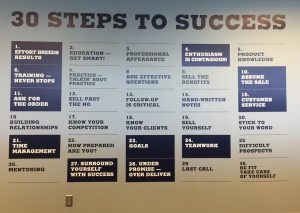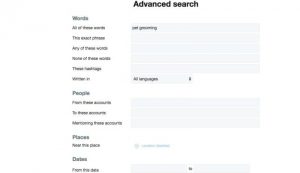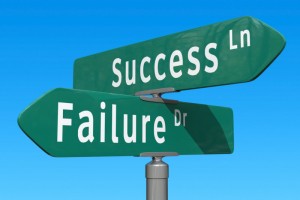Regardless of whether you have been involved in creating your own website design or hiring someone else to do it, you know the process is often arduous. For one thing, there are many aspects to consider when designing a website.
The basic goal for most business owners is having a website which attracts visitors and converts them into clients. One way of achieving this goal is to have a good plan in place.
Infographic design agency, MGL Infographic, has created an infographic which outlines a ten-step “journey” with all the various processes involved in website design – from planning to execution and everything in between.
Follow these steps as you embark on your website design journey
Step One: Prepare your strategy
First of all, you must ask yourself the question, “Why am I building this website”? Once you have answered this question for yourself, then you can proceed. Next, you must determine who your audience is. Finally, you must know and understand your audience so you can best determine what you can do for them as well as how you’re going to accomplish this. Preparing a strategy helps ensure you’re moving in the right direction and it’s also key to your ultimate success.
Step Two: Map out your “sales funnels”
An effective website design effortlessly generates interest in your business’ products and/or services for your site’s visitors. The site should entice your audience into either learning more about or even proceeding to purchase what you have to offer. It will be helpful for you to have a plan in place for how you’re going to take your website visitors through those funnels.
Step Three: Draw out your “site map”
This helps you easily visualize which pages you need on your website and provides you with clarity and direction from seeing the overall picture.
Step Four: Create your “wireframes”
According to Wikipedia, a website wireframe is the non-graphical, visual guide that represents the skeletal framework of a website. It’s created for the purpose of arranging elements to best accomplish a particular purpose.
Step Five: Write your content
Your online audience has questions and your website provides an excellent opportunity to answer those questions. Compelling content can help provide the information your potential clients are seeking and can also go a long way towards creating a sense of trust with them.
Step Six: Design your website
Now you’re ready to start the design process. Keep in mind that by nature, most people are instinctively drawn to visuals, and especially those they perceive as visually appealing. I cover more about the basic concepts of website design in a post I wrote earlier this year for ME Marketing Services, “Why You Need a Website That Delights Your Audience.”
Step Seven: Develop the website’s functionality
Your website’s functionality will vary depending on various factors. For example, if you plan to host an online store, you’ll need to consider software packages with shopping carts. Determining all the different ways you intend to interact with people (and vice-versa) will help you identify the systems you ultimately need, from membership sections to email auto-responders.
Step Eight: Test the website and any systems
Before launching, you want to ensure your website design looks the way you intend and that it functions properly. It’s also important to test your site on as many different devices, operating systems and browsers as possible before launching.
Step Nine: Track and analyze your visitors’ activity
It’s essential that you start gathering data about which buttons your website’s visitors are clicking, which pages they’re visiting, how long they’re spending on them. This will help you determine what aspects of your website design is working and what needs tweaking.
Step Ten: Split test (also known as A/B testing) elements of your website
The beauty of website design is that nothing about it is permanent. You have the ability to test every element on your website from the colors to the content and you should take advantage of doing so. This allows you to choose which works better for your audience and also allows you to remain flexible enough to evolve as your business and audience require.
Are you ready to create an effective website design for your business? Bookmark the infographic below to help guide you on your journey!

This post originally appeared on the DashBurst blog and is being republished with permission.
Digital & Social Articles on Business 2 Community(48)
Report Post





